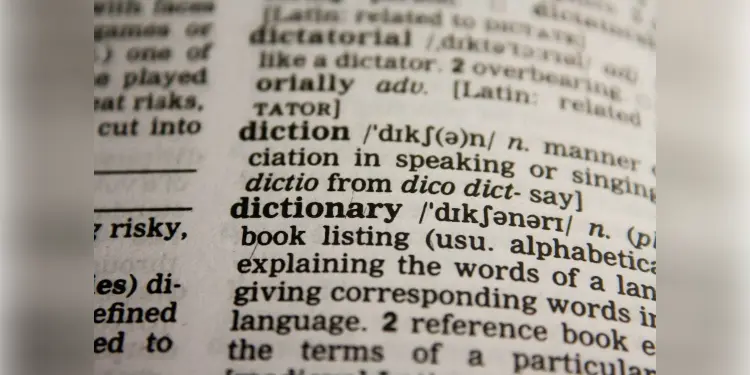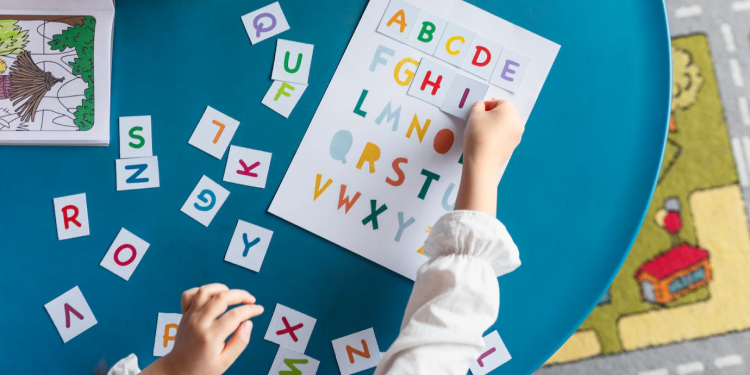Very often, students find English tenses the most complicated aspect of the language. Even if there are not so many forms, it can sometimes be hard to get them right. Here is a summary of the most common forms, to help you learn tenses and understand when and how to use them.
Present Simple
The present simple is used to talk about things in general, or events that occur repeatedly. A few examples:
- Many children like playing video games.
- At which time do you usually arrive at home?
The present continuous is used to describe something that is happening at the time of speaking/writing, and hasn’t finished yet. A few examples:
- I am struggling to learn tenses, so I will attend an online English course.
- Where is Peter? He‘s playing golf.
- It isn’t snowing any more. Let’s have a walk now!
Present Perfect
The present perfect is built using have/has followed by the past participle of the verb. The present perfect expresses a past action/event that has a connection/effect on the present. It is also used to describe something that started in the past, but it is still continuing now, as well as enquiring about things that might have (or have not) happened from some time in the past until now. Here are some sentences where the present perfect is used:
- I can’t find my wallet. Have you seen it?
- Are you hungry? No, I have just had dinner.
- Have you ever tried venison?
- I haven’t played tennis in a month.
Present Perfect Continuous
The present perfect continuous is built using have/has been followed by the -ing form of the verb. It is used to describe something that has just (or recently) stopped, with a direct connection to the present time. It can also be used to describe an action that is still happening at the time of speaking/writing. A few examples:
- The dog is all dirty. Has he been playing in the mud?
- How long has it been snowing?
- She hasn’t been involved in management decisions recently.
Past Simple
The past simple is used to describe something that happened in the past, and is completed at the time of speaking/writing. It is also used to describe people that lived in the past (as opposed to people that are still alive, which would require the present simple). A few examples:
- Yesterday I went to the cinema.
- Marlon Brando was a great actor.
- Where did you go on holiday last summer?
Past Continuous
The past continuous is built using was/were followed by the -ing form of the verb. It is used to describe an action/event that started in the past, and was still happening at a certain time in the past. It is often used in combination with the past simple, to describe events that occurred while an action was in progress. Here are some examples:
- Last month, I saw a poisonous snake while I was hiking.
- When I left, Dave and Kevin were still playing board games.
- The radio was on, but no one was actually listening to it.
Past Perfect
The past perfect is built with had followed by the past participle of the verb. It is used to establish a time relation between a past action/event, and something that happened before it. A few examples:
- I was very relaxed. I had just been on holiday.
- When we arrived home last night, we realised we had left the door open.
- Was Peter at the meeting? No, he had already gone back to work.
Past Perfect Continuous
The past perfect continuous is built with had been followed by the -ing form of the verb. I is used to describe an action/event that occurred for a period of time in the past, before something else happened. A few examples:
- Julia had been trying to learn tenses for a while, so she decided to attend an online English course to get some help.
- Eventually, guests started to arrive. Marc felt he had been waiting for ages.
- The police had been following the suspect for a while, but she managed to get away.
Future
In English, future actions/events can be expressed in a variety of ways, and this is one of the reasons why students often find it difficult to learn tenses.
The present continuous is used to describe future arrangements. However, for timetables and third-party programs the present simple is typically used. For example:
- Tomorrow I am flying to Sardinia.
- My flight departs tomorrow at 9.30am.
The be going to form is used to express a future action which has already been decided, while will is used to describe a future action that is being decided at the time of speaking/writing. Similarly, will can be used to describe future happenings or situations. However, be going to is typically used to describe an event that is likely to happen based on the current situation. Here are some examples:
- Since there is nothing left to do, I will go home.
- Are you going to watch the game tonight?
- The sky is really dark. It’s going to rain cats and dogs.
- I don’t think we’ll have time to have dinner.
In our summary to help you learn tenses, we certainly can’t forget to mention when to use the future continuous (will be followed by the -ing form of the verb), and the future perfect (will have followed by the past participle). The future continuous can be used to express future actions (or to inquire about someone else’s future plans), while the future perfect is used to describe events that will be already completed before a certain time in the future. A couple of examples:
- What time will your parents be arriving tonight?
- It’s now or never. This time tomorrow, I will have already left.
Last but not least, it is worth noting that after when/while/if/before etc., the present is used (rather than will). A couple of examples:
- Please come and visit us when you are in London again.
- Before I leave tomorrow, remind me to return my key card.
For more information and free trial class, contact us!




